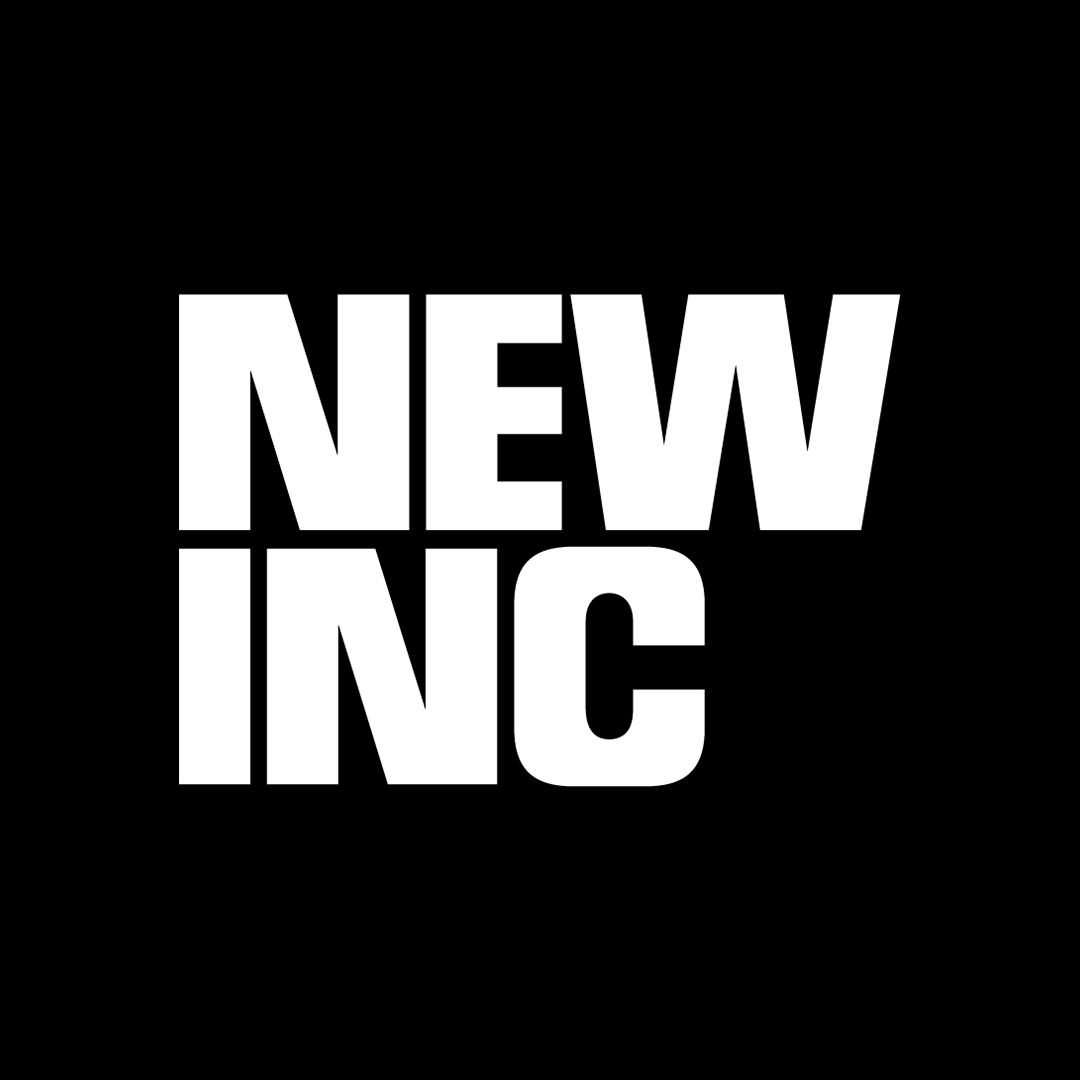Rapport Studios, Linking New York's Top Culture Hubs To The People
It's about being the bridge.
Courtesy Justin B. Kinard.
The scramble to level New York City's arts audiences—and the administrators that serve them—has become a burning priority for cultural institutions. This year alone, as tired trends continue to resurface, a new municipal initiative is raising the stakes with a plan that "links money to diversity."
Community-dedicated hubs like The Studio Museum in Harlem, The Bronx Museum of the Arts, and Queens Museum hold a relative advantage in tailoring exhibitions and programming around their immediate constituents. Larger organizations, on the other hand, are grappling with the unprecedented challenge of getting new, untapped visitors through their doors. This pain point, among others, is where a budding new studio is aiming to gain traction—and they're already ahead of the game.
With nearly a decade of practical experience behind them, along with the track record to show for it, Rapport Studios is claiming a stake in the business of linking cultural organizations to underrepresented populations. Founded at the tail end of 2016 by veteran technologist and cultural producer Armando Somoza, and artist and educator Chenits Pettigrew, the studio bills itself as a "creative education agency that designs interactive learning experiences out of any content."
Equal-parts production house, educational service, and institutional mediator, Rapport Studios taps an enormous pool of top-grade creative- and technology-based talent to meet their projects' bottom lines. And despite their broad-strokes attitude, the studio maintains that they have their sights set on helping the country's leading entities.
"If The Met can't get young African American and Latino American folks from the Bronx, we want to be the ones who create the engagement to connect with them," Pettigrew explained in a recent interview. "We can design a campaign that will engage that population. We understand how to speak [to them], and how to angle what the institution has to offer to convince those folks into coming."
Co-founders Chenits Pettigrew and Armando Somoza. Courtesy Rapport Studios.
Efforts to forge new connective tissue (as Shelley Bernstein of the Barnes Foundation describes it) benefits from a special strain of social finesse. That the studio can toggle across and between different networks is, perhaps, their greatest asset, and it's one they've been cultivating for some time.
Related: Meet The Innovators Harnessing Technology For Art Museums
In 2011, on the winds of a grant funded by the Adobe Foundation, Somoza formed The Academy: a free, pre-college program in New York City's SoHo neighborhood for underserved high school students, pairing hard creative skills training with community leadership mentorship.
Powered by a dedicated staff and a roster of teaching artists and technologists, the Academy introduced students to dance, game design, music production, poetry—the list goes on. By 2016, Somoza explained, the Academy's network of students evolved into a self-generating "relational economy," which found graduates of the program guiding new students, and teaching artists and engineers forming independent relationships and trading their skillsets on peer-driven projects. With Rapport Studios, Somoza and Pettigrew are hoping to scale their model up for a broader scope of impact.
"Our specialization is at the intersection of emerging technologies, original media, and critical pedagogy," Somoza explained. "Wherever those three things can be most powerfully expressed in the work are the types of clients we want to work with. Our goal is to spark awakenings in visitors, where people re-orient themselves. This is the practice, in the context of the US, where underrepresented cultures and their communities see themselves represented in the curriculum."
Rapport Studios with Digital Artisans team at Brooklyn Museum. Courtesy Rapport Studios.
That the studio is doubling-down on a commitment to technology as a key component in their curricula is no small detail to overlook. As a recent ICIC survey reports, the tech landscape's demographic breakdown is equally disproportionate to the country's composition.
For Lindsay Harris, Teen Program Manager for the Brooklyn Museum's education department, Rapport Studios' trans-disciplinary focus dovetails well with their educational approach. In the winter of 2017, Harris invited Rapport Studios to develop a website for the youth-driven project called Digital Artizens. The project itself prompts participating high school students to explore, research, and write about feminism in the museum's existing collection, but the studio's intervention provided them with a rare introduction to the intersections of art, design, and technology.
"Rapport Studios developed some cool workshops with them to think big-picture with user experience, user design, and the information you need in order to think about design for your user and your audience," Harris said. "They developed a lot of workshops and worksheets: How to identify wireframes in networks, and knowing who your audience is and how you want them to interact with the website. Those materials were exciting because they were thinking about the educational component from the get go."
Anna Kinlock, a high school student that participated in the Digital Artizens program, told us in a phone conversation that one of the unexpected benefits of working on the project included an appreciation for web design as a profession. "I never really knew about it," Kinlock said. "Even in my high school, which has a lot of tech-oriented classes, I think there's more to be learned about tech and its intersections with art."
Chenits Pettigrew at The New School. Courtesy Kamau Ware.
Earlier this year, Peg Schuler-Armstrong, Director of Programming and Production for the Lincoln Center Education, tapped Rapport Studios to develop an educational program around Soundtrack '63. The multimedia performance, produced by Soul Science Lab and hosted by the Lincoln Center Education in New York, uses a prismatic lens to explore the American Civil Rights Movement. Per the studio's description, the curriculum, which was designed for high school students, features a series of lessons that "bridges the generational gap" to highlight "that these same social justice issues continue to be pertinent today."
"It's a fearsome undertaking," Schuler-Armstrong told us in a recent phone interview. "The sheer task is monumental. They've put together a really creative bunch of artists and engineers to try to hack away at moving the needle for access to art."
"Speaking strictly from the lens of someone who's programming work for young people," Schuler-Armstrong continued, "I used to describe my job as, 'I program music theater and dance for Pre-K to twelve audiences.' That's no longer the case. There are more intersections than we might think between disciplines. Those demarcations are no longer necessary."
The success of Rapport Studios' mission, Somoza conceded, is contingent on individual institutions' willingness to acknowledge and work through both the perceived and real barriers that underrepresented groups come up against. Once that willingness is established, the possibilities for connectivity are endless.
"Our intention is to have institutions build rapport with their audiences," Somoza said. "It's all about rapport. It's about building a sense of trust, openness, representation, and authenticity with communities who haven't been traditionally represented: Their stories, their experiences, their bodies. For us, it's about being the bridge."
Author: Rain Embuscado




